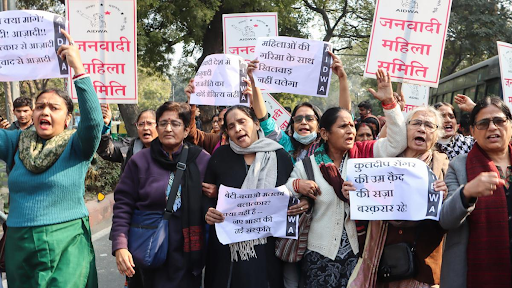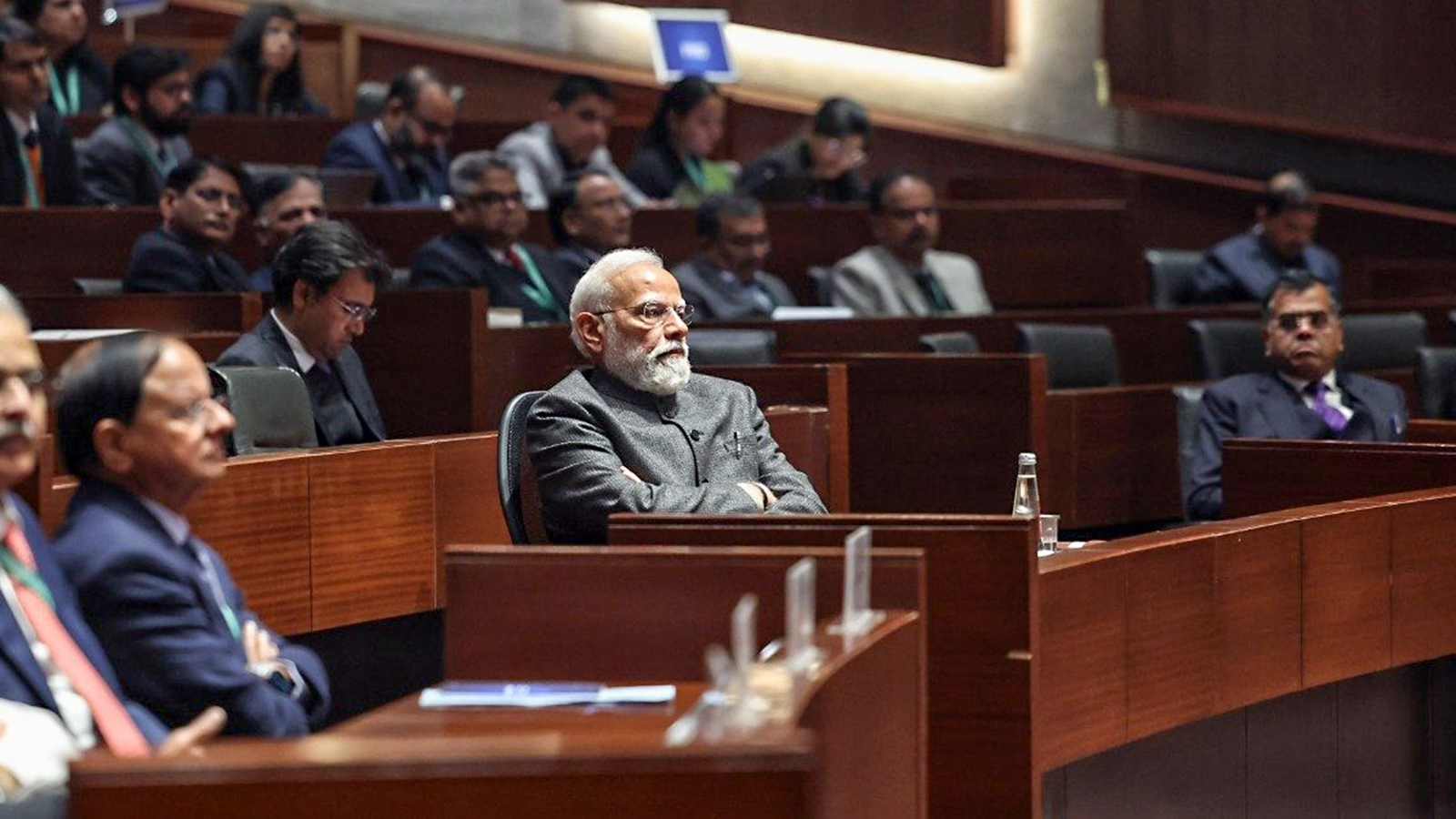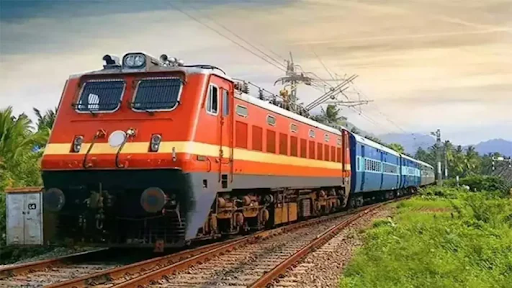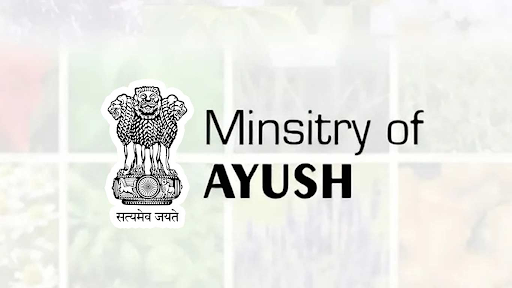Description
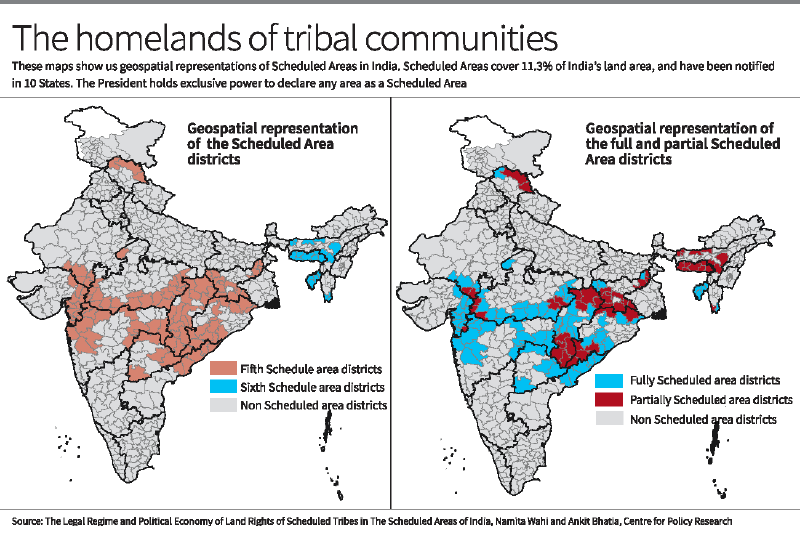
Copyright infringement not intended
Picture Courtesy: The Hindu
Context: India has 705 Scheduled Tribe (ST) communities, making up 8.6% of the population across 26 states and six Union Territories. Article 244 of the Indian Constitution plays a pivotal role in governing STs, applying the Fifth Schedule in specific states and the Sixth Schedule in Assam, Meghalaya, Tripura, and Mizoram.
Scheduled Areas
About
- Scheduled Areas are regions that have special provisions for the protection and development of the indigenous tribal communities. They are notified under Article 244 of the Constitution and cover 10 States: Andhra Pradesh, Telangana, Odisha, Jharkhand, Chhattisgarh, Madhya Pradesh, Rajasthan, Gujarat, Maharashtra, and Himachal Pradesh.
- Scheduled Areas comprise 11.3% of India's land area, but they do not include all the areas where tribal people live. According to the 2011 Census, 59% of the Scheduled Tribes (STs) population lives outside the Scheduled Areas. This means that they do not enjoy the benefits of the laws that apply to Scheduled Areas, such as the Land Acquisition Act 2013 and the Biological Diversity Act 2002, which safeguard their rights over land and natural resources.
- In 1995, a committee headed by Dilip Singh Bhuria recommended that all the villages with more than 50% ST population should be included in the Scheduled Areas. However, this recommendation has not been implemented yet. The government has also used the excuse of demographic changes to exclude or denotify some areas from the Scheduled Areas, where non-tribal people have migrated and reduced the ST population to a minority. This has led to the marginalisation and displacement of many tribal communities in India.
How Scheduled Areas are governed?
- Scheduled Areas are defined by Article 244 (1) of the Constitution and are mentioned in the Fifth Schedule of the Constitution.
- Scheduled Areas are such areas inhabited by the tribes specified as ‘Scheduled tribes ‘ in states and union territories other than Assam, Meghalaya, Tripura, and Mizoram.
- The power to declare any area as a ‘Scheduled Area’ is bestowed on the President of India and the parliament is authorized to legislate.
- The President can alter, increase or decrease its boundary lines in consultation with the Governor of the state.
- The Governor of the state with a ‘Scheduled Area’ submit a report annually to the President or whenever required by the President regarding the administration of the area.
- The Governor of a state is authorized to direct that any particular law of parliament or the state legislature shall not extend to a scheduled area or shall extend with certain modifications or exceptions.
- The Governor is authorized to make regulations that prohibit or restrict the transfer of land, regulate the allotment of land and control the money lending business in Scheduled Areas.
- Regulations made by the Governor must be implemented after the assent of the President.
- Provisions related to the administration of Scheduled areas and tribes can be amended by Parliament with ordinary legislation.

How are Scheduled Areas identified?
- Scheduled Areas are identified based on certain criteria and recommendations, but there is no specific law that prescribes a fixed set of criteria for their identification.
- The identification process involves considering factors such as the preponderance of tribal population, the compactness and reasonable size of the area, the feasibility of it being an administrative entity like a district, block, or taluk, and the economic backwardness of the area relative to neighbouring areas. These criteria have evolved over time, and different committees and commissions have made recommendations regarding their identification.
- Preponderance of Tribal Population: The primary criterion for identifying a Scheduled Area is the significant presence of tribal or Scheduled Tribe (ST) population in a particular region. These areas are often characterized by a majority of ST residents or a substantial concentration of tribal communities.
- Compactness and Reasonable Size: Scheduled Areas should have a reasonable geographical size and be compact enough to function as a viable administrative entity. This means that they should be large enough to support local governance and public services effectively. However, there is no fixed definition of what constitutes a "reasonable size."
- Economic Backwardness: Scheduled Areas are typically economically backward compared to neighbouring non-scheduled areas. Economic backwardness is one of the indicators considered during the identification process.
- Dhebar Commission Report: The 1961 Dhebar Commission Report provided recommendations and guiding norms for the identification of Scheduled Areas. This report has influenced the criteria used in the process.
- 2002 Scheduled Areas and Scheduled Tribes Commission: This commission recommended that areas with 40% or more tribal population, based on the 1951 Census data, could be considered as Scheduled Areas. While this recommendation has been made, it may not be followed uniformly across all states.
- Compactness and Contiguity: Scheduled Areas should ideally consist of villages or habitations that are contiguous with each other or with an existing Scheduled Area. However, contiguity is not an absolute requirement and can vary depending on the specific circumstances.
- PESA Act: The Panchayats (Extension to Scheduled Areas) Act, or PESA Act, is a significant piece of legislation that provides guidelines for local governance in Scheduled Areas. It defines a 'village' as ordinarily consisting of "a habitation or a group of habitations, or a hamlet or a group of hamlets comprising a community and managing its affairs in accordance with traditions and customs."
- FRA Act: The Scheduled Tribes and Other Traditional Forest Dwellers (Recognition of Forest Rights) Act, 2006, also known as the FRA Act, adopts the definition of a village from the PESA Act. This definition is not limited to Scheduled Areas and includes forest fringes and forest villages as well.
- Demarcation of Traditional Boundaries: Gram sabhas, or village councils, are expected to demarcate traditional or customary boundaries on both revenue lands and forest lands, where applicable. These boundaries define the territorial jurisdiction of the village in the Scheduled Area and are essential for governance and management of resources.
The process of identifying Scheduled Areas is not uniform across all states in India, and it can be influenced by local factors, historical developments, and demographic changes. The criteria and recommendations mentioned above serve as guidelines for states and central authorities when determining and designating Scheduled Areas.
Significances of Scheduled Areas
- Preservation of Culture, Identity, and Rights: Scheduled Areas play a crucial role in preserving the cultural heritage, distinct identity, and fundamental rights of the Scheduled Tribes residing in these areas. By protecting their cultural practices and way of life, these areas help maintain the rich cultural diversity of the nation.
- Conservation of Biodiversity and Natural Resources: Scheduled Areas are essential for conserving the biodiversity, natural resources, and ecological balance of the regions they cover. These areas often have unique flora and fauna, and their preservation is vital for maintaining the overall environmental health and biodiversity of the country.
- Special Safeguards and Autonomy: Scheduled Areas provide special safeguards and a degree of autonomy to the Scheduled Tribes. This protection is crucial in shielding them from exploitation, forced displacement, and assimilation attempts by external entities. These safeguards help maintain the social and economic fabric of the tribal communities.
- Participation and Empowerment: Scheduled Areas facilitate the active participation and empowerment of the Scheduled Tribes in the decision-making processes and governance structures. Institutions such as Tribal Advisory Councils and Gram Sabhas enable tribal communities to have a say in matters that affect their lives. This empowerment fosters a sense of self-governance and ownership among the tribal populations.
Steps taken to ensure the welfare and development of Scheduled Areas
- The Panchayats (Extension to Scheduled Areas) Act, 1996 (PESA) was enacted to extend the provisions of Part IX of the Constitution relating to Panchayats to Scheduled Areas. PESA empowers Gram Sabhas to manage natural resources, approve development plans, select beneficiaries, prevent land alienation and preserve customs and traditions in Scheduled Areas.
- The Forest Rights Act, 2006 (FRA) was enacted to recognize and vest the forest rights and occupation of forest land in forest dwelling Scheduled Tribes and other traditional forest dwellers. FRA also gives them rights over minor forest produce, community forest resources, habitat rights and conservation rights.
- The Right to Fair Compensation and Transparency in Land Acquisition, Rehabilitation and Resettlement Act, 2013 (LARR) was enacted to ensure fair compensation, consent, social impact assessment and rehabilitation and resettlement for land acquisition in Scheduled Areas. LARR also provides for higher compensation and mandatory consent of 80% of affected families for land acquisition in Scheduled Areas.
- The Tribal Sub-Plan (TSP) was introduced as a strategy to channelize funds from both central and state budgets for the development of Scheduled Tribes. TSP aims to bridge the gap between Scheduled Tribes and other social groups in terms of socio-economic indicators such as literacy, health, income etc.
- The Ministry of Tribal Affairs (MoTA) was established in 1999 as a nodal ministry for policy formulation, planning, coordination, monitoring and evaluation of programmes for Scheduled Tribes. MoTA also implements various schemes for education, health, livelihood, infrastructure etc. for Scheduled Tribes.
Scheduled Areas face many challenges such as:
- Lack of implementation and enforcement of laws and policies meant for Scheduled Areas due to poor governance, corruption, political interference etc.
- Violation of rights and interests of Scheduled Tribes by vested interests such as mining companies, contractors, land grabbers etc. who exploit the natural resources and displace the tribal communities from their lands.
- Inadequate representation and participation of Scheduled Tribes in democratic institutions such as Panchayats, Legislative Assemblies etc. due to low literacy, awareness, mobilization etc.
- Marginalization and discrimination of Scheduled Tribes by mainstream society due to socio-cultural differences, prejudices, stereotypes etc.
- Low human development and quality of life of Scheduled Tribes due to lack of access to basic services such as education, health, sanitation, electricity etc.
Way Forward for Scheduled Areas
- Strengthening the implementation and monitoring of laws and policies for Scheduled Areas by ensuring accountability, transparency, participation and grievance redressal mechanisms.
- Protecting the rights and interests of Scheduled Tribes by ensuring their free, prior and informed consent, fair compensation, rehabilitation and resettlement, benefit sharing etc. for any development project or intervention in Scheduled Areas.
- Enhancing the representation and participation of Scheduled Tribes in democratic institutions by ensuring reservation, capacity building, leadership development etc. for them.
- Promoting the inclusion and integration of Scheduled Tribes in mainstream society by respecting their culture, identity and diversity, eliminating discrimination and prejudice, creating awareness and sensitization etc.
- Improving the human development and quality of life of Scheduled Tribes by providing adequate and quality services such as education, health, sanitation, electricity etc. in Scheduled Areas.

Conclusion
- The governance of Scheduled Areas involves a complex interplay of constitutional provisions, community involvement, and legislative acts like PESA and FRA. Ongoing efforts are necessary to address the challenges and ensure the full implementation of these provisions, providing the intended protection and welfare to India's indigenous communities.
Must Read Articles:
PESA ACT: https://www.iasgyan.in/daily-current-affairs/pesa-act
SCHEDULE V: https://iasgyan.in/daily-current-affairs/schedule-v#:~:text=Scheduled%20Areas%20are%20those%20regions,cultural%2C%20social%20and%20economic%20characteristics.
CRITERIA TO DEFINE STs: https://www.iasgyan.in/daily-current-affairs/criteria-to-define-sts
|
PRACTICE QUESTION
Q. What are Scheduled Areas, and how do they differ from other regions in terms of governance and administration? What measures have been implemented to protect the rights and promote the development of the tribal communities residing in these areas?
|







